Method to calculate Turnover for Future and Options is not prescribed under Income Tax Act’1961,So Guidelines provided by ICAI followed per
Generally accepted accounting practice and ICAI Guidance Note on Tax Audit are revised for AY 2022-23, a new way to calculate Future & options turnover is suggested by ICAI from year 2023 onwards, which will be beneficial for persons who trade and do future and options transactions.
It is also very important to understand that income generated from futures and options trading is considered income from Business (Normal Business), as per Income tax. Thus, the revenue generated will be taxed in the same manner as Business income and losses if any can be carry forward too.
Let’s understand first what is future & Options:
Futures:
Futures are a type of derivative contract that obligates the buyer to purchase or the seller to sell an underlying asset at a predetermined price and date in the future. The underlying asset can be a stock, commodity, currency, or index. The predetermined price is called the futures price, and the date of the transaction is the expiration date. Futures contracts are standardized and traded on exchanges.
The buyer of a futures contract is said to be long, while the seller is said to be short. If the price of the underlying asset rises above the futures price, the buyer profits, and the seller incurs a loss. Conversely, if the price falls below the futures price, the buyer incurs a loss, and the seller profits.
Futures contracts are often used for speculation or hedging purposes. Speculators aim to profit from price fluctuations in the underlying asset, while hedgers use futures contracts to offset potential losses in the spot market.
Options:
Options are another type of derivative contract that gives the buyer the right, but not the obligation, to buy (call option) or sell (put option) an underlying asset at a predetermined price within a specified period. The buyer pays a premium to the seller for this right. Like futures, options can be based on stocks, commodities, currencies, or indexes.
Call options give the buyer the right to buy the underlying asset, while put options give the buyer the right to sell it. The predetermined price is known as the strike price, and the specified period is the expiration period. Options contracts are also standardized and traded on exchanges.
If the price of the underlying asset is favorable, the buyer of a call option can exercise it and purchase the asset at the strike price. If the price is unfavorable, the buyer can let the option expire, limiting the loss to the premium paid. Put options work similarly but allow the buyer to sell the asset at the strike price.
Options provide flexibility for traders and investors. They can be used for speculation, hedging, or generating income through options strategies.
Both futures and options are leveraged instruments, meaning traders can control a larger position with a smaller amount of capital. However, they involve risks, and it’s important to understand the underlying asset and the dynamics of the derivatives market before engaging in futures and options trading.
What is Future & Options Trading:
Futures and options trading involves buying and selling derivative instruments based on underlying financial assets. Here’s a breakdown of futures and options trading:
Futures Trading:
- In futures trading, two parties enter into a contract, where the buyer agrees to purchase a specified quantity of an underlying asset from the seller at a predetermined price on a future date.
- The buyer of a futures contract takes a long position, while the seller takes a short position.
- Profits and losses in futures trading are determined by the price movement of the underlying asset. If the price rises, the buyer makes a profit, and if it falls, the buyer incurs a loss. Conversely, the seller profits from a price decrease and suffers a loss if the price rises.
- Futures contracts are standardized and traded on exchanges, providing liquidity and transparency.
- Futures trading allows traders to speculate on price movements, hedge against potential losses, or participate in arbitrage opportunities.
- Margin requirements are set by the exchange, requiring traders to deposit a percentage of the contract value to cover potential losses.
Options Trading:
- Options trading grants the buyer the right, but not the obligation, to buy (call option) or sell (put option) the underlying asset at a predetermined price (strike price) on or before a specified date (expiration date).
- The buyer of an options contract pays a premium to the seller for this right.
- Call options are profitable for the buyer if the price of the underlying asset rises above the strike price, while put options are profitable if the price falls below the strike price.
- Options provide flexibility as traders can choose to exercise the contract or let it expire, limiting their potential loss to the premium paid.
- Options can be used for speculation, hedging against price movements, or generating income through options strategies.
- Similar to futures, options contracts are standardized and traded on exchanges, ensuring liquidity and transparency.
- Options trading also requires margin deposits, which are typically lower than futures trading, as options provide limited risk for the buyer.
Overall, futures and options trading offer opportunities for traders to profit from price movements in the underlying assets. However, it’s important to understand the risks involved and have a solid grasp of market dynamics before engaging in such trading activities.
Calculation of Turnover for Future & Options
Now Calculation of Turnover for both futures and options is same from year 2023 (FY 2022-23 onwards), you have to add absolute profit and you will get turnover.
Example:
| Company | Transaction Type | Purchase Value | Sale Value | Profit/Loss | Turnover | |
| Tata Motors | Futures | 1100 | ₹900 | (200) | 200 | |
| HDFC | Futures | 4000 | 15000 | 11000 | 11000 | |
| A Industries | Options | 500 | 50000 | 49500 | 49500 | |
| B Foods | Options | 1000 | 100 | (900) | 900 | |
| 59400 | 61600 |
The tax audit limit, which is currently set at 10 Crore, applies when cash receipts or expenditures are less than 5% of the total receipts and expenditures. Under presumptive taxation under section 44AD, the turnover limit is 2 Crore.
With the change in the calculation of turnover, it is expected that more individuals will be able to take advantage of the turnover limits mentioned above. This means that they may fall within the tax audit threshold or qualify for presumptive taxation, depending on their specific circumstances.
Deductions Applicable on F&O Turnover
The expenses incurred in F&O trading can be deducted from the total income. These expenses may include broker’s commission, telephone bills, office rents, depreciation, Demat charges, and the cost of subscription for software and research.
The income generated from F&O trading is categorized as non-speculative income. Non-speculative income can be carried forward for up to 8 years and can be adjusted against any non-speculative income in those years. This means that if there are losses in F&O trading in a particular year, they can be carried forward and set off against the income from other non-speculative sources such as income from house property, interest income, and capital gains from various assets.
Thank you
Team CA Guru ji
Join our Practical GST Course:
with lifetime validity: https://cagurujiclasses.com/courses/gst-course-2022/
With limited validity: https://studywudy.com/courses/gst/
Join our Practical Income Tax, ITR & TDS Course:
with lifetime validity: https://cagurujiclasses.com/courses/practical-course-income-tax-itr-tds/
With limited validity: https://studywudy.com/courses/incometax/
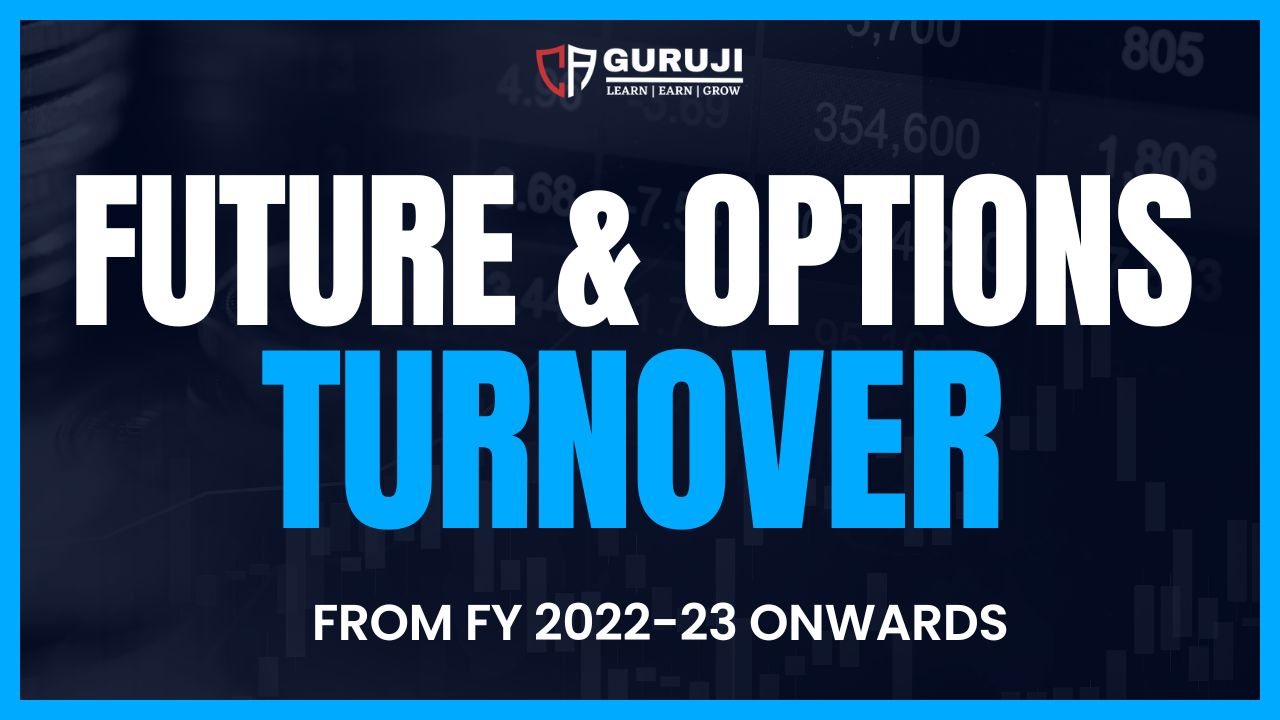


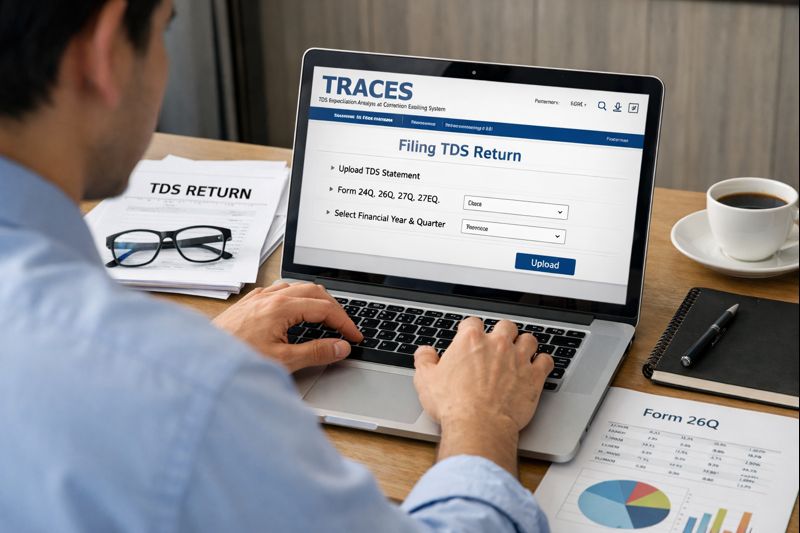
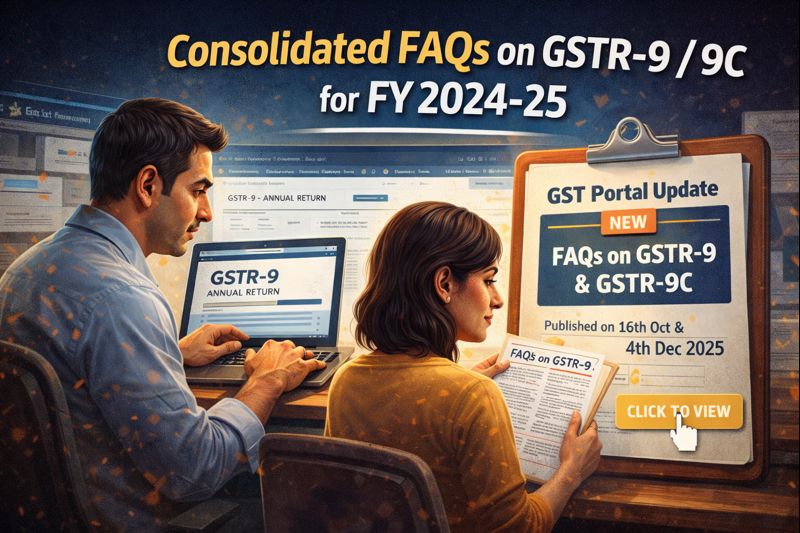

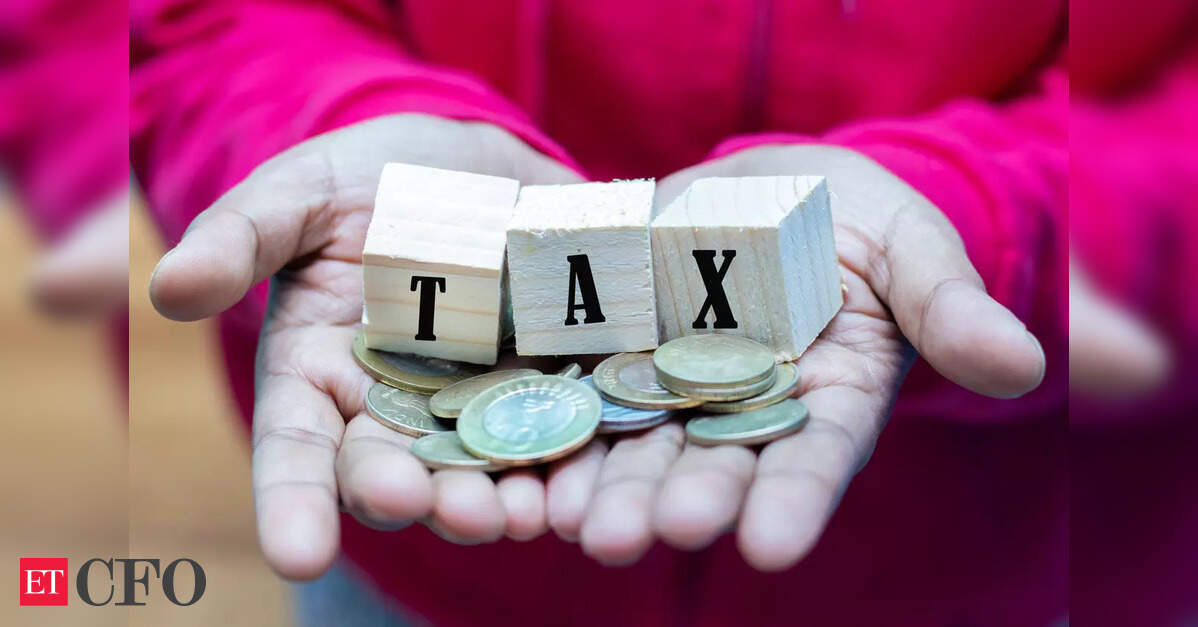

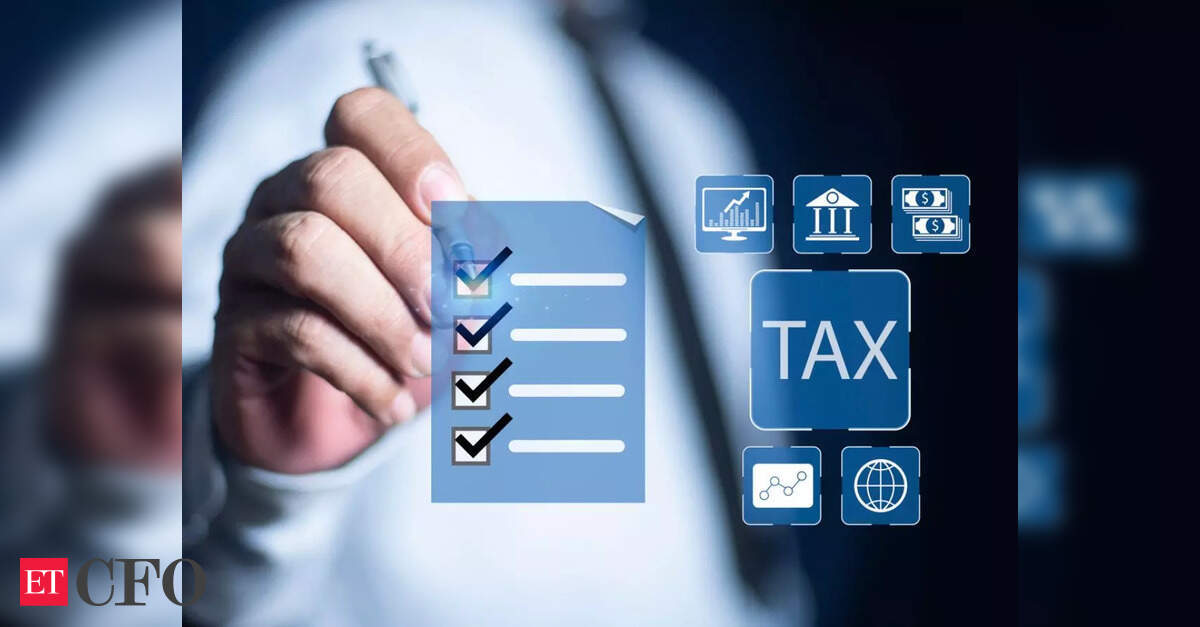
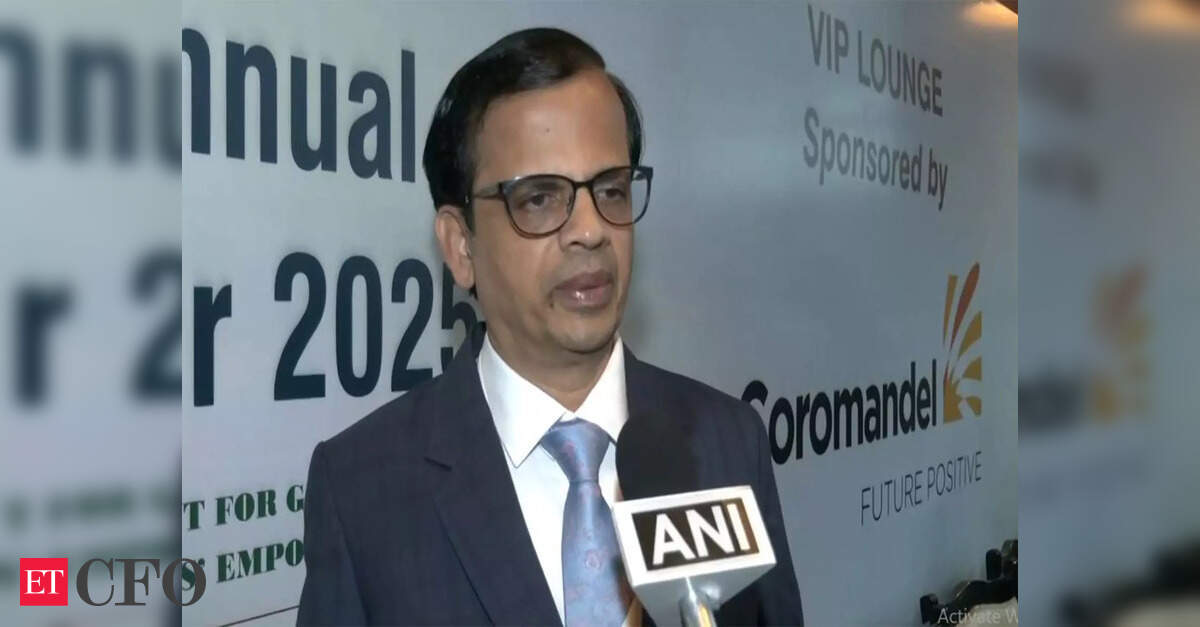


But my query is there if assessee had Turnover from F&O say Rs 1.65 crore and there is a Loss of Rs.6lacs than in that case audit under 44AB is applicable or not? Or can assessee file is normal return under ITR3 by claiming loss of Rs 6 lacs and not opting 44AD whether it is correct?
RIGHT